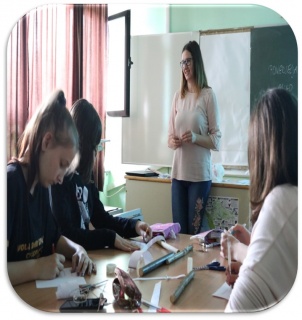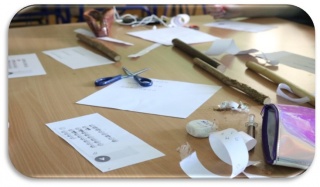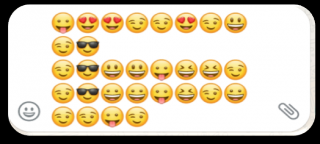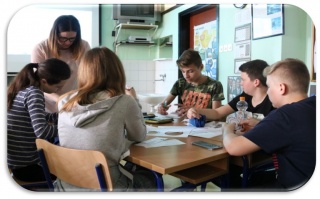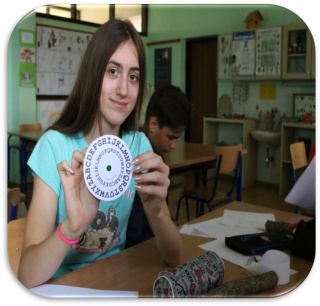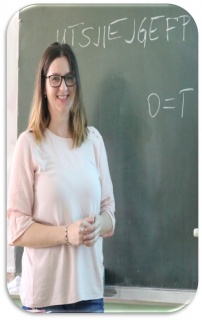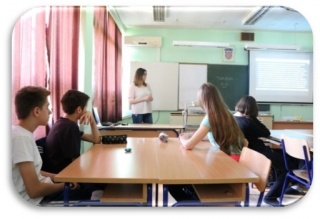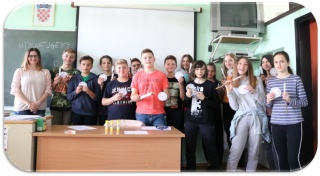| < | lipanj, 2019 | > | ||||
| P | U | S | Č | P | S | N |
| 1 | 2 | |||||
| 3 | 4 | 5 | 6 | 7 | 8 | 9 |
| 10 | 11 | 12 | 13 | 14 | 15 | 16 |
| 17 | 18 | 19 | 20 | 21 | 22 | 23 |
| 24 | 25 | 26 | 27 | 28 | 29 | 30 |
Srpanj 2020 (1)
Lipanj 2020 (1)
Svibanj 2020 (1)
Travanj 2020 (1)
Ožujak 2020 (1)
Veljača 2020 (1)
Siječanj 2020 (1)
Prosinac 2019 (2)
Srpanj 2019 (1)
Lipanj 2019 (2)
Svibanj 2019 (1)
Travanj 2019 (1)
Veljača 2019 (1)
Prosinac 2018 (2)
Studeni 2018 (1)
Rujan 2018 (4)
Srpanj 2018 (1)
Ožujak 2018 (3)
Veljača 2018 (1)
Prosinac 2017 (3)
Studeni 2017 (2)
Links
Project forum
Website of the project
Općenito o projektu
Prvi meeting u Poljskoj
Agencija za mobilnost i programe EU
You Tube Channel of the project
Website of the project
Općenito o projektu
Prvi meeting u Poljskoj
Agencija za mobilnost i programe EU
You Tube Channel of the project
VIDEOS FROM THE MEETING IN CROATIA
24.06.2019., ponedjeljak
ABOUT MATHEMATICS ... discreetly Activity for June 2019.
Activitiy description:
7th graders took part in the Cryptology Workshop, where they introduced with the fact what cryptology is and how cryptography is one of its branches and how they evolved through history.
Furthermore, they had the opportunity to work with skytal - stick by which the Spartans encrypted their messages from the 5th century BC. Cr. Skital was a wooden stick around which a parchment ribbon was wrapped around, and the message was vertical written. After typing the message, the ribbon would be folded away and there would be mixed signs that only the one with a stick of the same thickness could read. The students got sticks of different thickness and paper that wrapped around the stick and wrote their messages.
They noticed that this simple encryption method was very effective because they could not decipher other messages without a stick of the same thickness.
Polibi square
After that, they decrypted the messages by using the Polibi square. Polybias was a Greek (and Roman) historian who studied and wrote during the 2nd century BC. Cr. He took over and perfected the idea of Greek mathematicians by using a simple mathematical method of using the numbers and the coordinate system to send encrypted (secret) messages. The polybium square is essentially a square of 25 fields (5 rows of 5 columns). Each field has one letter, besides the field that contains the letters I and J. Each row and column is numbered 1 to 5 so each letter is assigned a pair of numbers. By using the Polibi square, the students have decrypted the names of partner countries.
After that, they got a little more contemporary version of the Polibi square, where instead of the letters they got smilies and this version of the Polibi square is adapted for mobile phones. These activities should be deciphered by "I Love Mathematics".
The last activity is related to Gaj Julije Cezar. He is the creator of Caesar's code whose aim is to replace a certain letter with the letter that is three places further from it in the alphabet (A ’ D, B ’ E, etc.).
In order to make it easier for students to use Caesar's code with an arbitrary shift, instead of summing up, students can use a circle ("wheel") made of cardboard with all alphabetic letters printed in the row. Let the circle ("wheel") consist of two circular portions. It is necessary to fix the outer part so that the inner part can rotate in the circle. So we get all 25 possible combinations of open and encrypted alphabet. The students cut their circles and joined them so that the inner circle could rotate around the outside, which is necessary. There was a word written on the board that did not make any sense and the key was given to students (C = F). The students set up their "Caesar wheels" and deciphered the default term.
Activity aim:
The popularization of mathematics with an emphasis on the development of creativity, curiosity and imagination. The security of the cryptosystem lies precisely in our inability to quickly and efficiently solve the appropriate problem in the area of algebra, number theory or combinatorics. Interesting encryption methods and in particular the detection of methods for breaking the encryption system will enable students to experience the power and beauty of math. Also, to connect the teaching of Math and History.
Contemporary methods of work:
Learning and teaching conducted by discovery and conversation
Learning outcomes:
Getting to know cryptology and seeing how cryptography is a part of cryptology and how a major role in mathematics it has with all its domains. The popularization of mathematics and the connection of mathematics teaching to history teaching.
Activity results:
The students have adopted the basics of cryptography: basic algorithm (Alice -Bob -Eve), encryption (encryption), decryption and key. In history examples, they coded or decoded the default codes and observed the development of cryptography as well as its growing importance (from military, intelligence and diplomatic services to telecommunications and banking). Simply said, cryptology has become our daily life.
Additionally
The workshop was created and accomplished by History teacher Martina Grundler Hrala in in cooperation with Math teacher Anita Jukić and English teacher Azra Benković.
The activity is accompanied by making a short film in English which will be released on a
transnational meeting in Croatia in July 2019.
In purpose of making this kind of a film, the activity is translated in English and leading actors are students who present their knowledge through the activity (student Lorena Filić). For documenting the activity we are going to use multimedia equipment, photo camera, camera, internet, Youtube channel and Adobe Premiere Pro program (student Tvrtko Kolarić).

